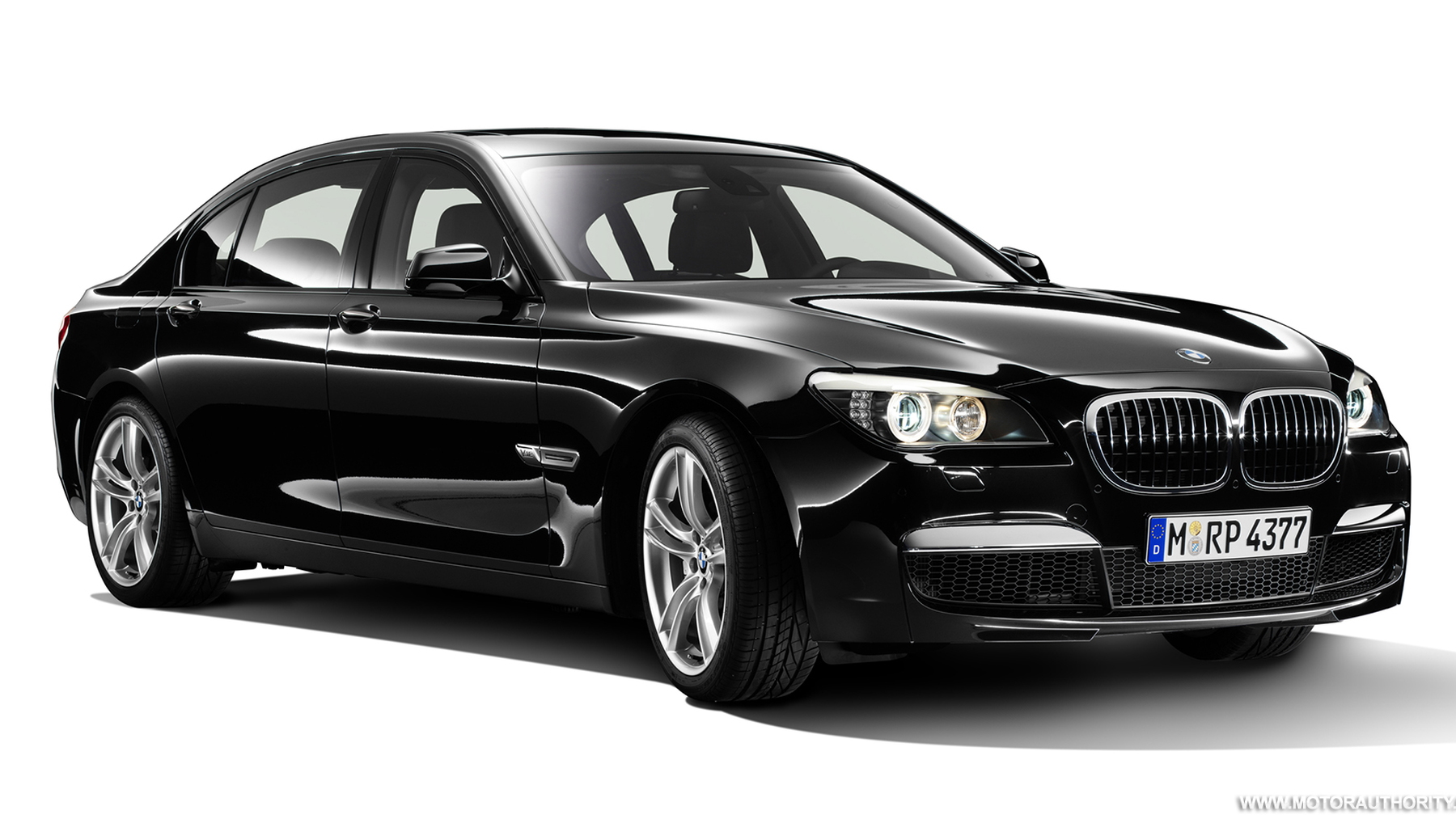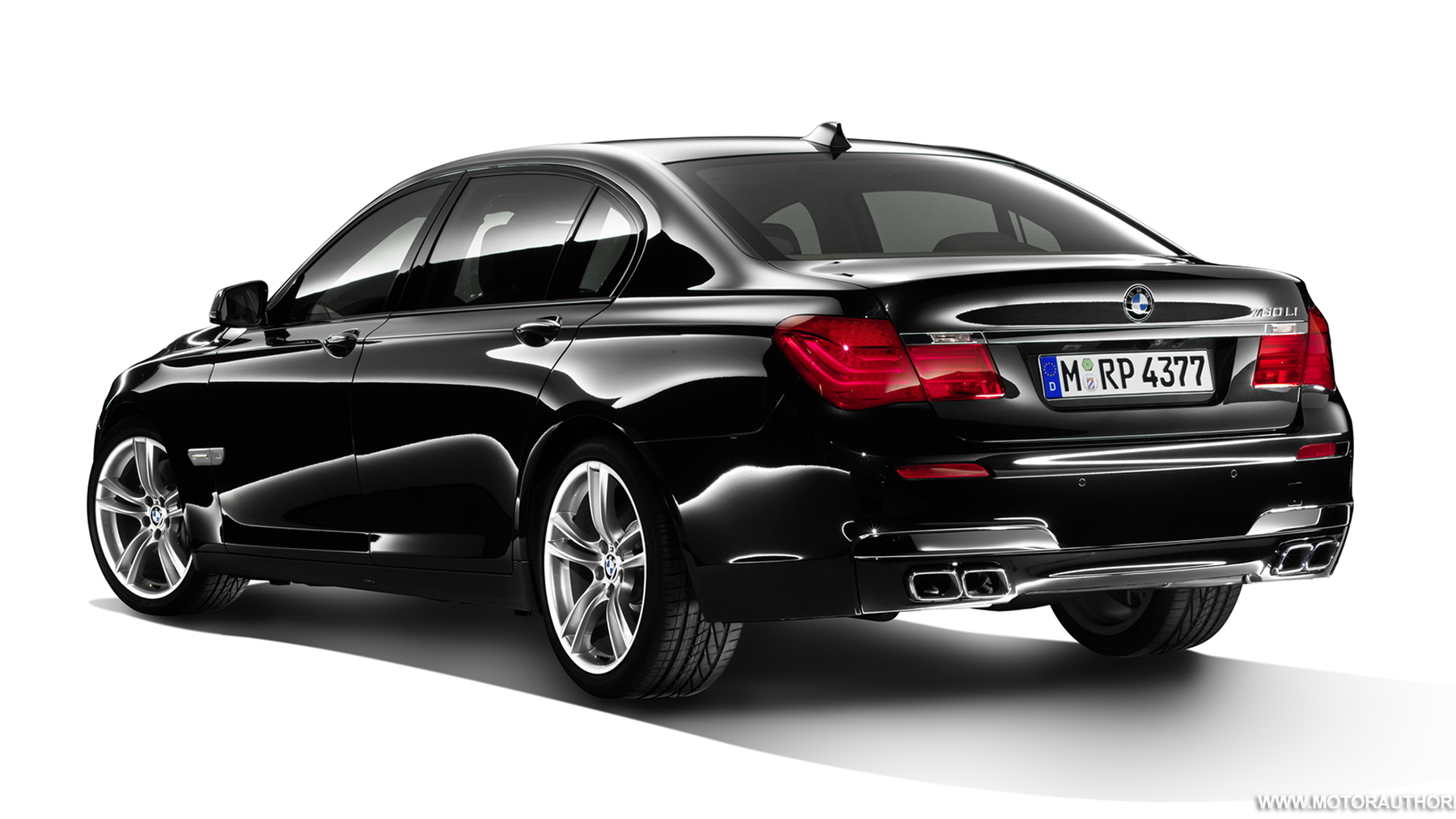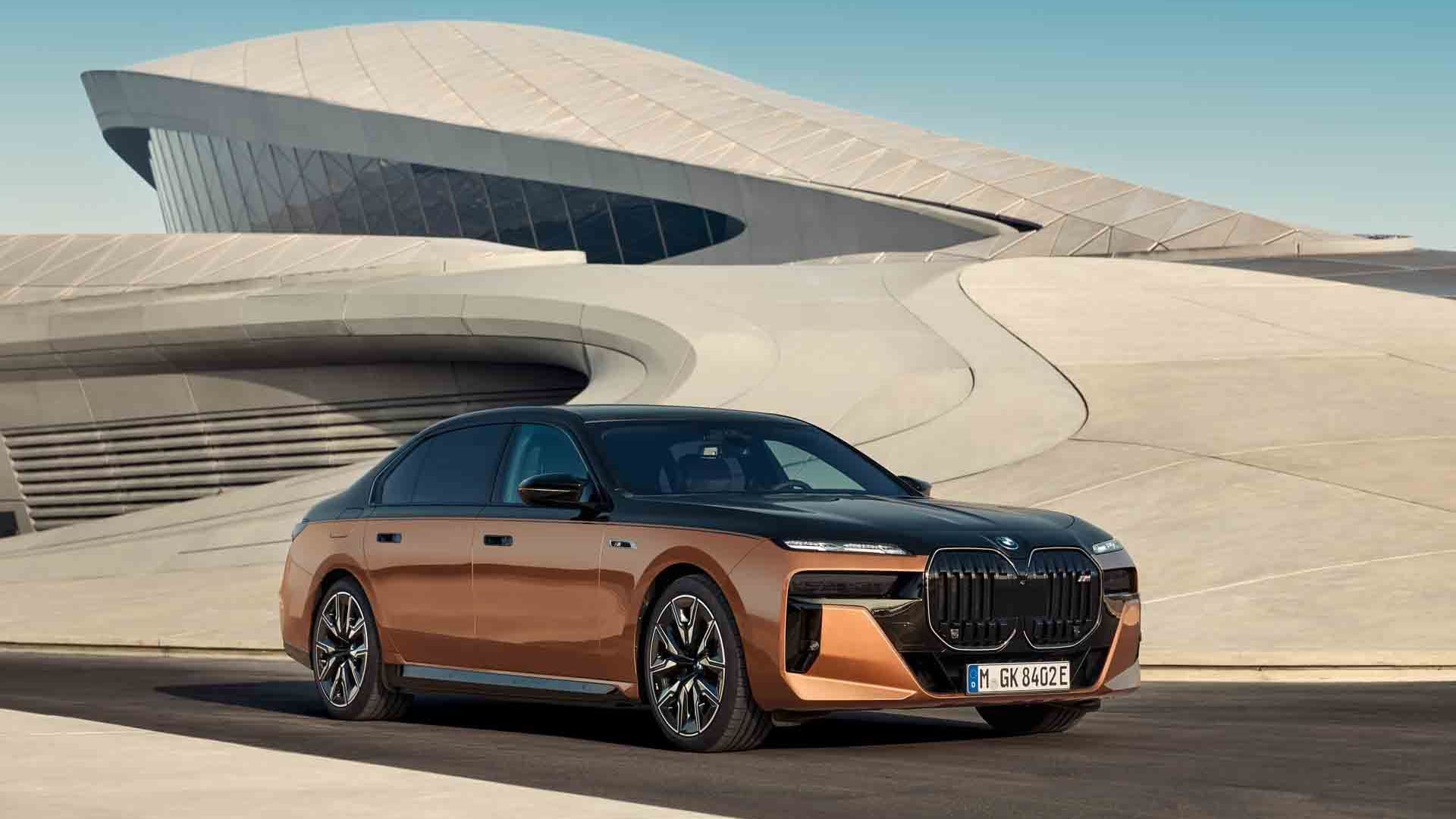The BMW 740d, to be introduced in the third of the year in select markets, will for the first time feature a new straight-six diesel engine with BMW’s TwinPower direct-injection and twin-turbocharging technologies. The engine displaces 3.0L and produces a peak output of 306hp (225kW) and 442lb-ft (600Nm) of torque maintained consistently between 1,500 and 2,500 rpm.
This enough to accelerate the car from a standstill to 100km/h in 6.3 seconds and see it easily reach its electronically limited top speed of 250km/h. Despite the respectable performance, average fuel economy comes in at 34mpg (6.9L/100km) with CO2 emissions down around the 181g/km mark.
The existing 730d diesel model also gets BMW’s new BluePerformance exhaust particulate filtering system for 2010. As a result, the exhaust management reduces nitric oxides to the European emissions standard not coming into force until the introduction of EU6 in the year 2014. Fuel economy remains at 34.6mpg (6.8L/100km), while CO2 emissions are reduced to 178g/km.
BMW’s intelligent xDrive AWD will also be introduced in the 7 Series for the first time in the 2010 model year. It will initially be available for the 750i and 750Li models but is expected to filter across to other models over the course of the year.
Through a power divider with an electronically controlled multiple-plate clutch, xDrive adjusts the amount of torque going to either axle depending on traction levels of all four wheels. In the process the operation of xDrive is also based on the steering angle pre-determined by the driver. While, when driving smoothly in a straight line, the front-to-rear power split is 40:60, up to 80% of the drive power goes to the rear axle in a bend. Then, when leaving the bend, the distribution of drive power returns to normal in the interest of maximum traction when accelerating again in a straight line.








